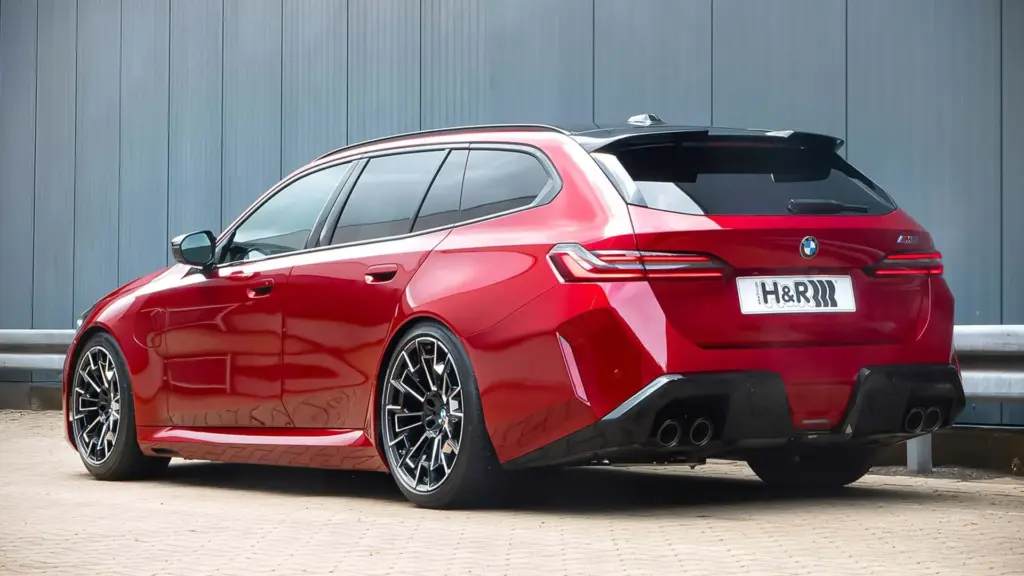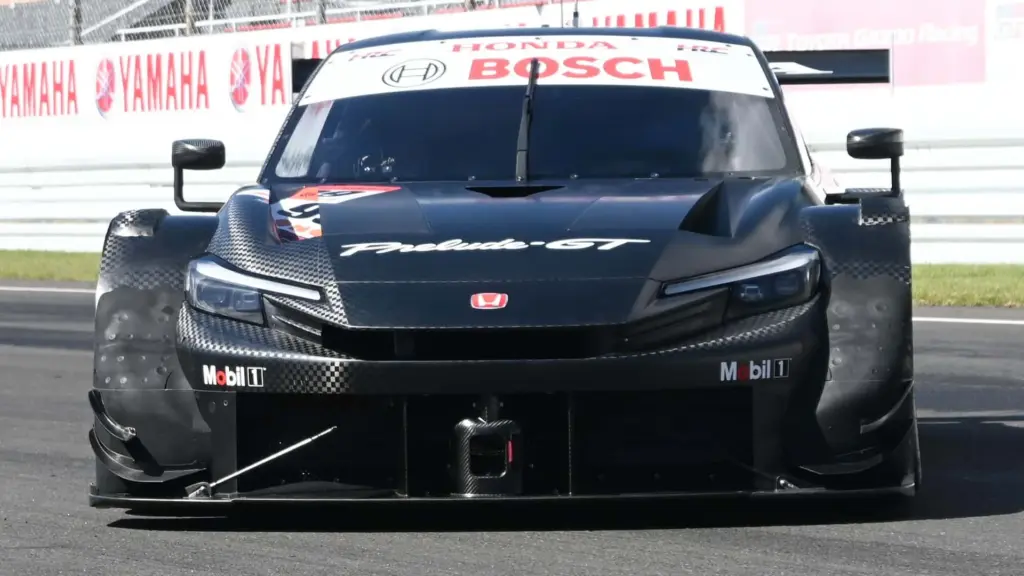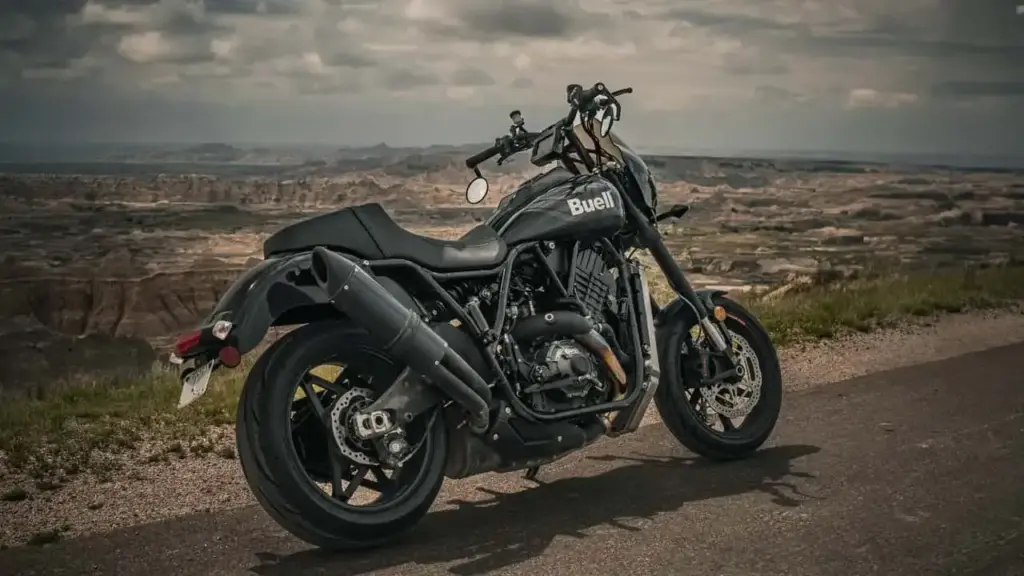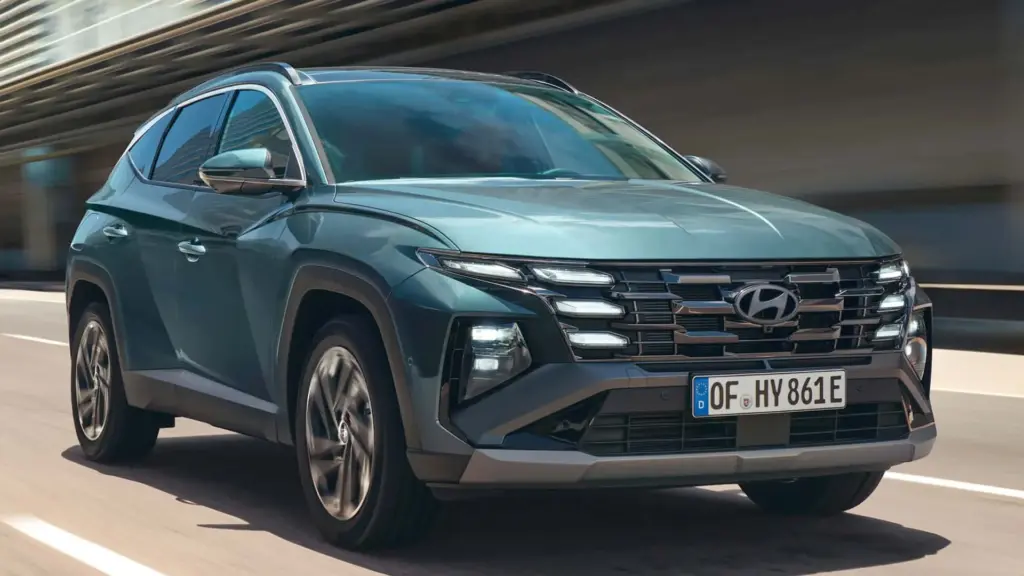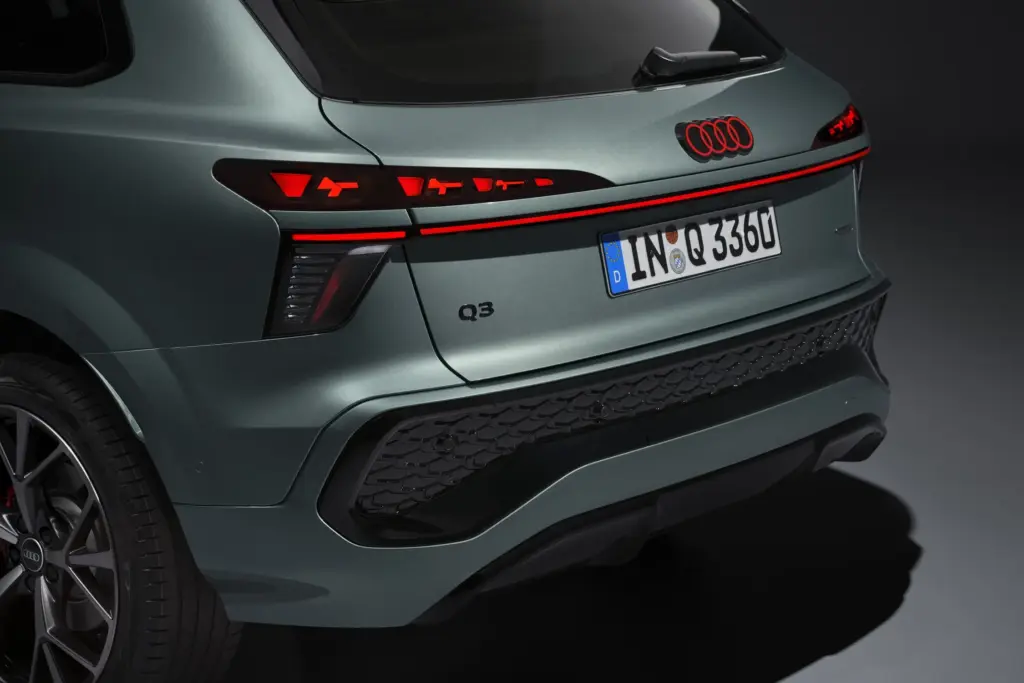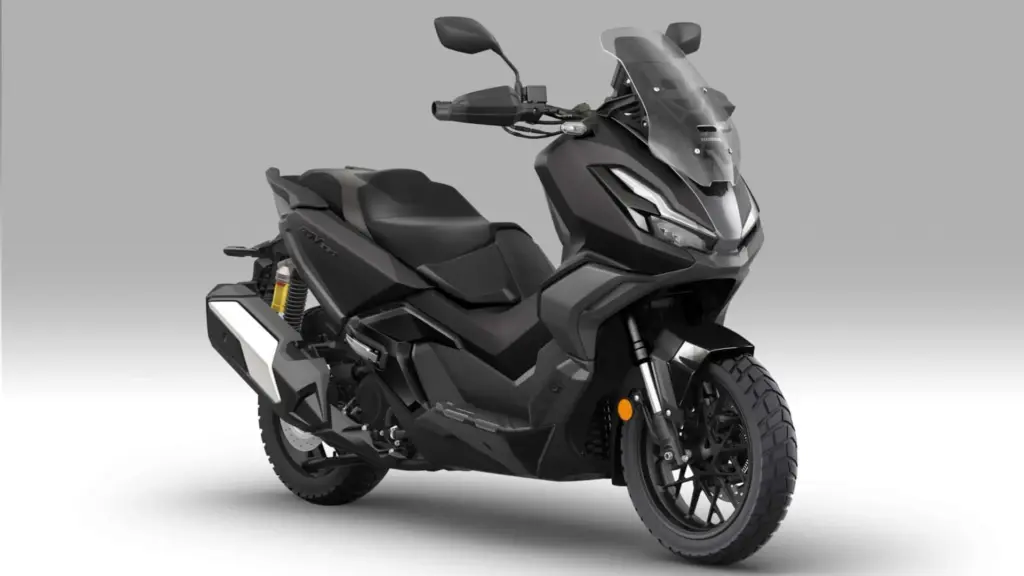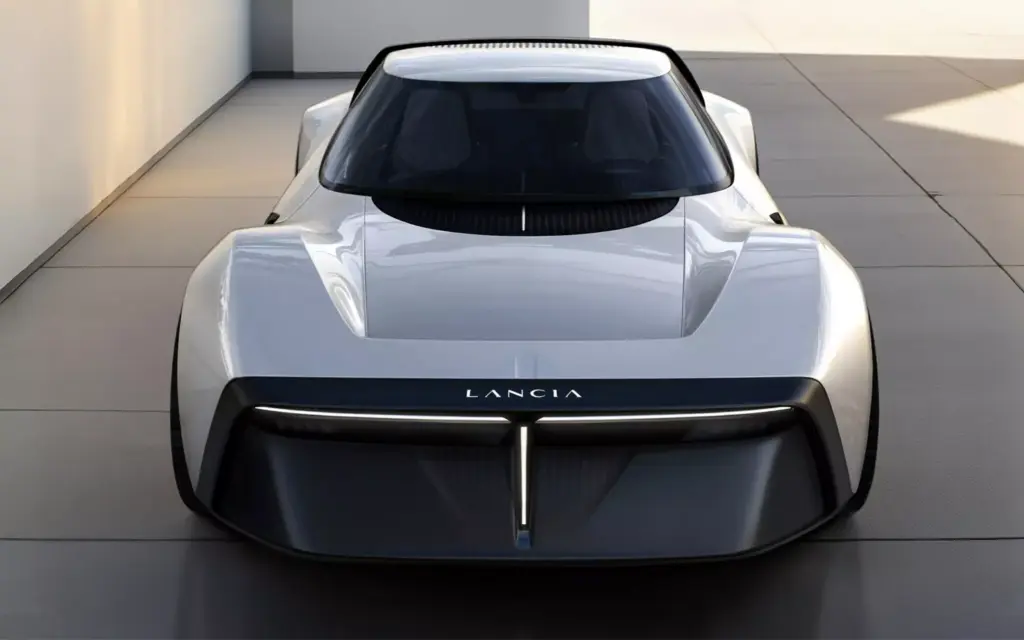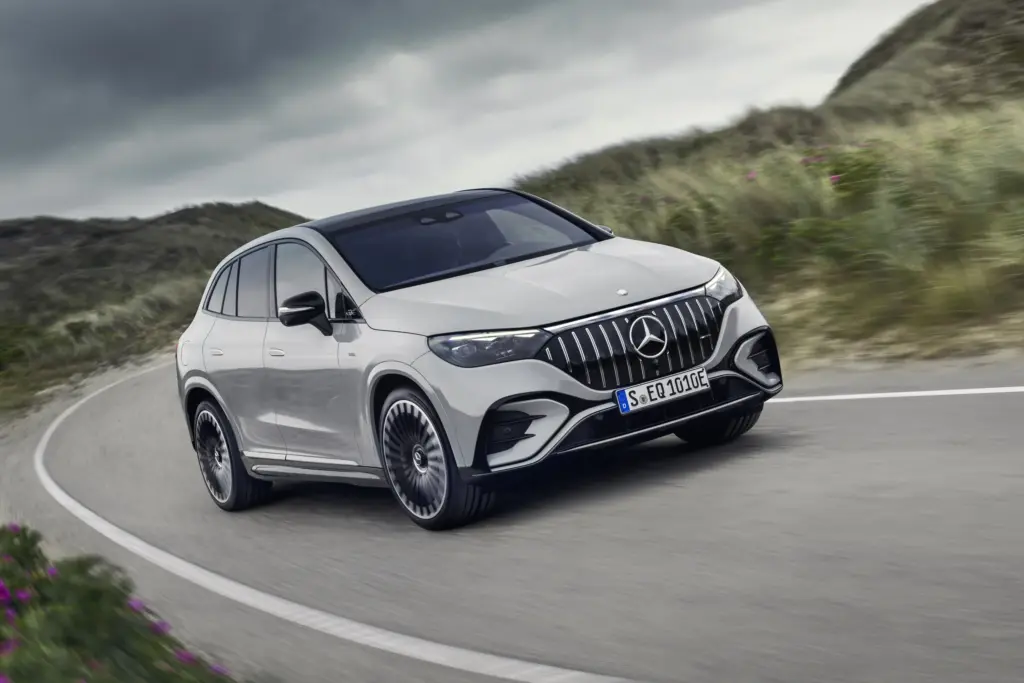Mercedes EQS 2026 delivers up to 780 km of range and over 650 hp. See its technical specifications and how it stands against its rivals.
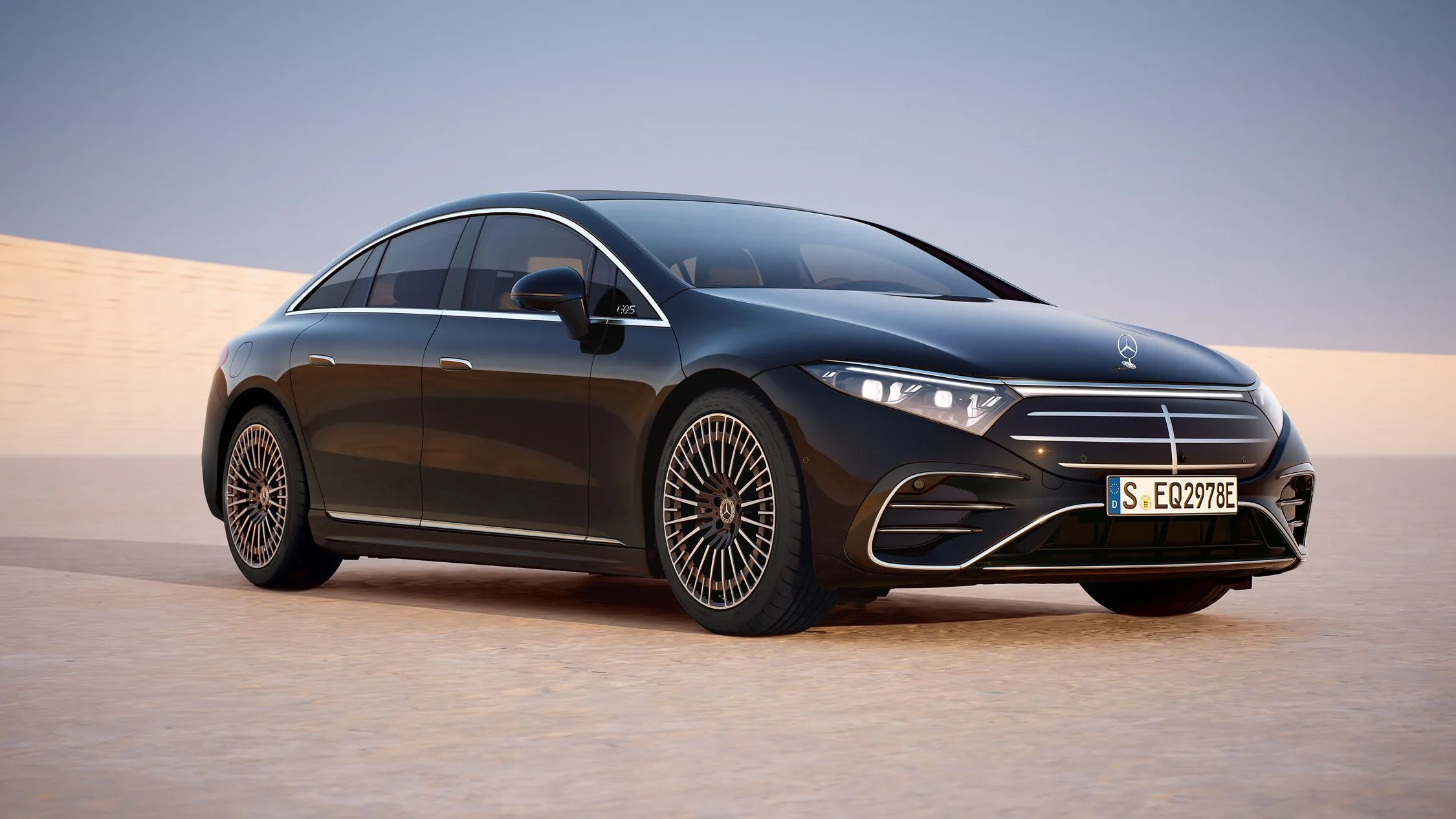
The global automotive landscape continues to be transformed by electrification, and the 2026 Mercedes-Benz EQS emerges as one of the protagonists of this revolution in the luxury segment. Far from being merely an adaptation of the traditional S-Class, the EQS was conceived from the outset as an electric vehicle, featuring a design and engineering that prioritize aerodynamic efficiency, range, and a sophisticated, technologically advanced driving experience. This article offers an in-depth analysis of its technical characteristics, energy performance, and strategic positioning against its main rivals.
Mercedes-Benz EQS 2026: Redefining Electric Luxury
The Mercedes-Benz EQS for the 2026 model year represents the pinnacle of the German brand’s innovation in purely electric vehicles. Available in different configurations, including sedan and SUV variants, the EQS promises a fusion of bold design, intuitive technology, and powertrain performance that challenges electric vehicle conventions. Its futuristic aesthetic is complemented by an opulent interior, setting new standards for comfort and connectivity.
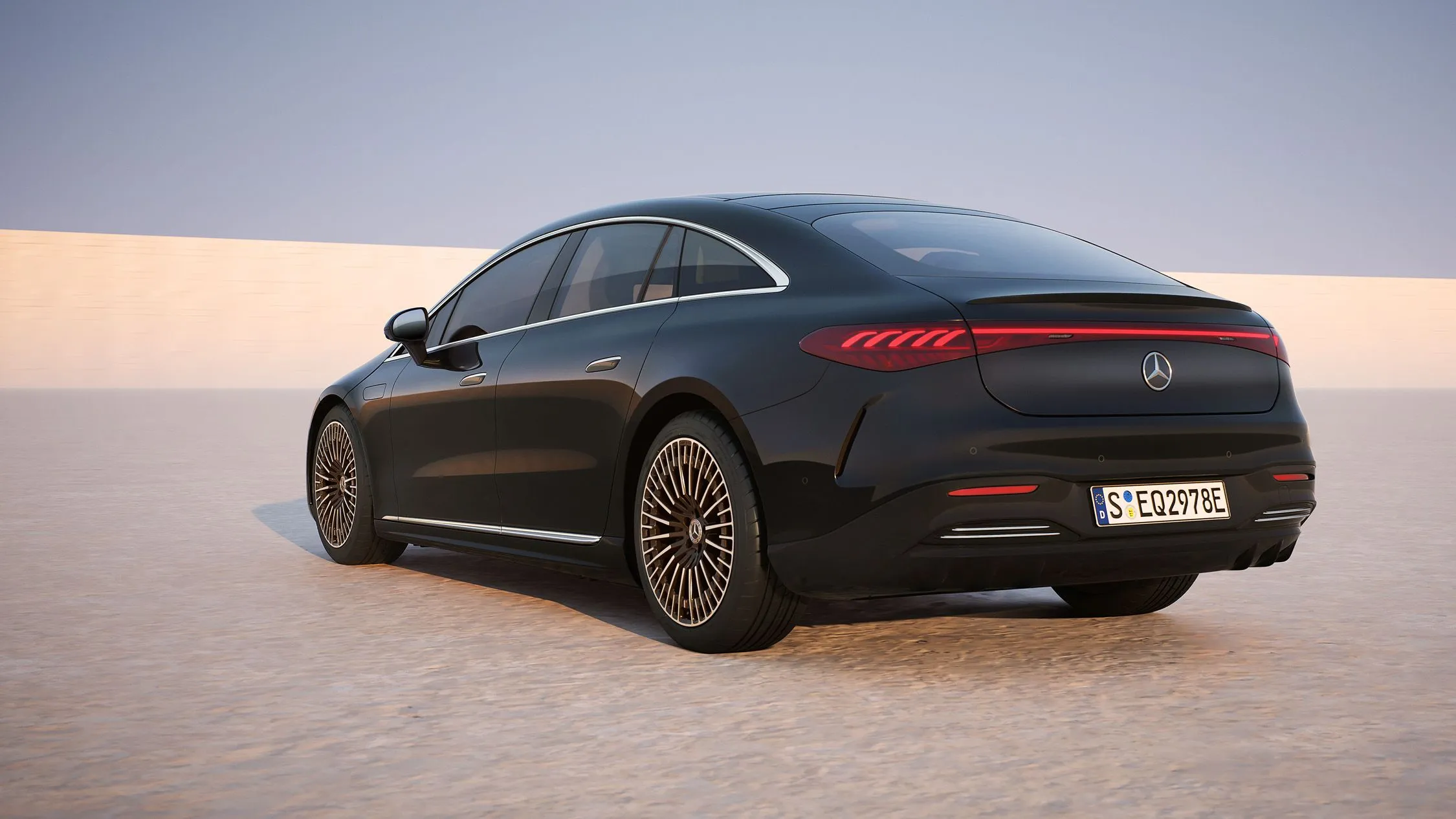
Essential Technical Specifications
The engineering of the 2026 EQS is designed to deliver a zero-emission luxury experience, with a range of configurations that meet diverse expectations for power and traction.
- Motor(s): Permanent-magnet synchronous motors (PSM), ensuring high efficiency and instant power delivery.
- Power: Options vary, starting at approximately 265 kW (360 hp) in the EQS 450+ and scaling to over 484 kW (658 hp) in high-performance AMG versions.
- Torque: Starting from 568 N·m in the EQS 450+, with performance versions exceeding 950 N·m, providing vigorous acceleration.
- Dimensions (Sedan): Length of approximately 5,216 mm; Width of about 1,926 mm; Height of approximately 1,512 mm; and a generous wheelbase of approximately 3,210 mm, maximizing interior space.
- Cargo Capacity: The sedan model’s trunk offers approximately 610 liters, a notable volume for the segment.
- Drivetrain Type: Rear-wheel drive (RWD) for entry-level models, optimizing efficiency, and 4MATIC all-wheel drive for more powerful versions, ensuring stability and grip.
- Transmission: Single-speed with a fixed gear ratio, characteristic of electric vehicles, for smooth and continuous power delivery.
- Battery: Lithium-ion batteries with usable capacity ranging from 108.4 kWh to 118 kWh, depending on the version, allowing for long ranges.
- Key Features: Noteworthy features include the MBUX Hyperscreen, a panel of three integrated screens under a single glass surface; rear-axle steering, which improves agility and turning radius; AIRMATIC air suspension with adaptive damping, for superior ride comfort; and a comprehensive driver assistance package, which enhances safety and convenience.
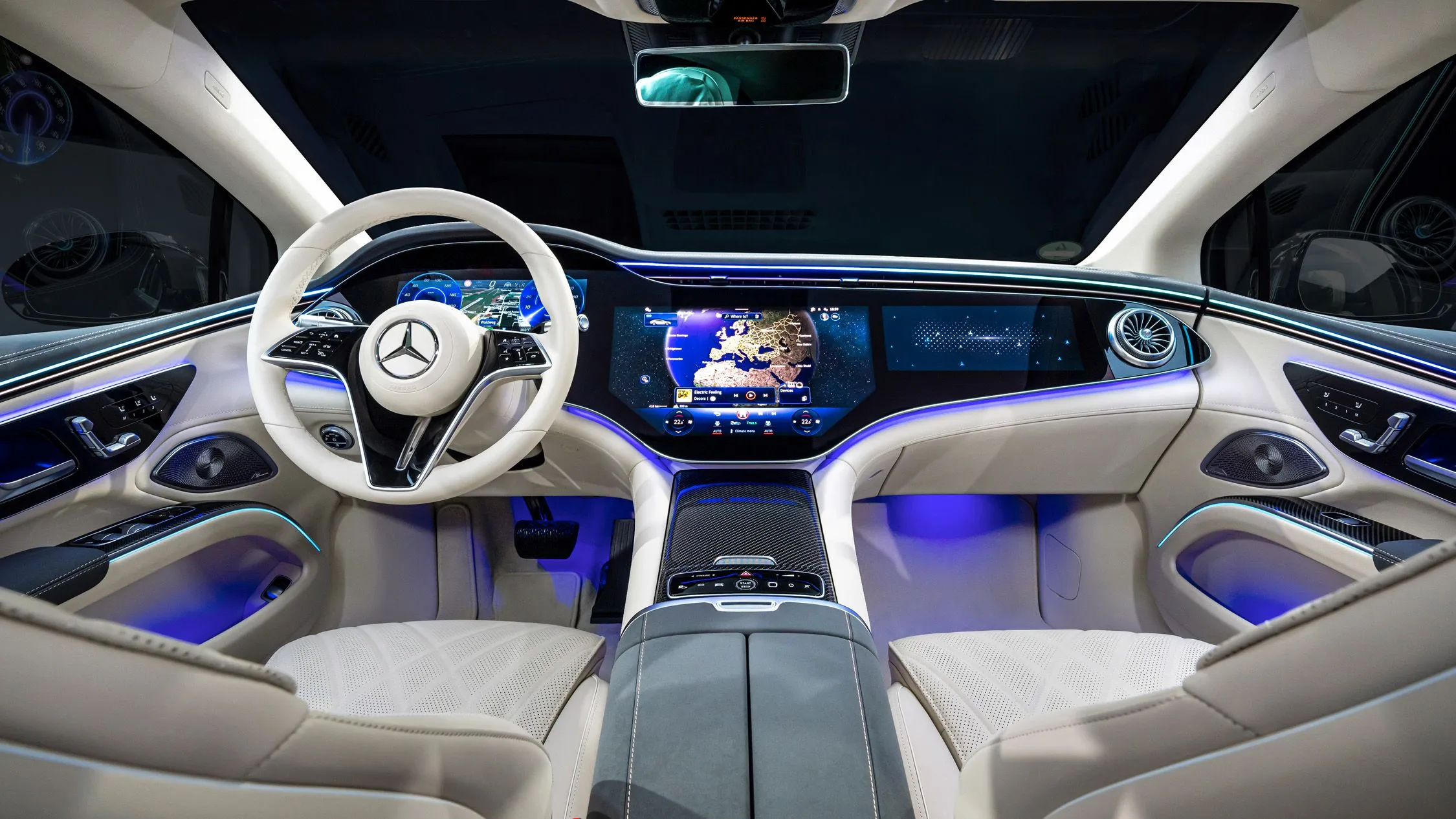
Innovative Energy Consumption and Range
Energy efficiency is a major focus of the EQS, reflecting its aerodynamic design and advanced battery management. As a purely electric vehicle, its “consumption” is measured in kWh per 100 kilometers.
Energy efficiency estimates for the most optimized versions, such as the EQS 450+, are around 17.5 to 20.4 kWh/100 km in the combined cycle. This efficiency, combined with its high battery capacity, allows the EQS to achieve an impressive range of up to 780 kilometers on a single charge, one of the longest ranges available in the electric vehicle market. In urban environments, consumption tends to be even more efficient due to the intensive use of regenerative braking, which recovers energy during deceleration. On highways, at constant speeds, consumption is slightly higher but still within competitive levels for a vehicle of its size and performance.
To understand more about the brand’s electric performance, check out our article on the 10 fastest Mercedes-Benz electric cars.
Competitive Landscape: Who Challenges the 2026 EQS?
In the competitive segment of luxury electric sedans, the 2026 Mercedes-Benz EQS faces a series of formidable rivals, each with its own strengths and distinct approaches to the future of high-end mobility.
Lucid Air: Efficiency and Peak Performance
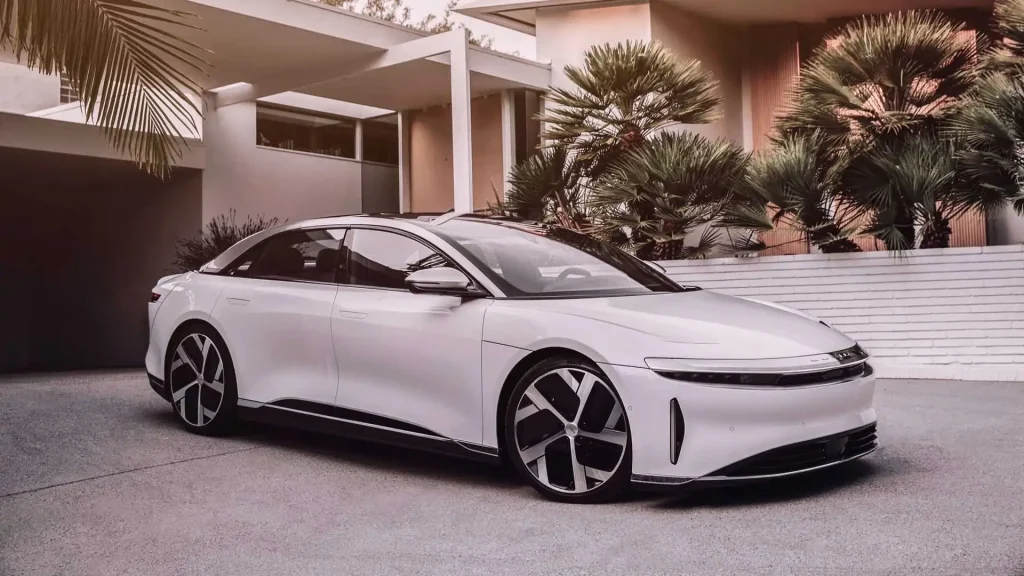
The Lucid Air is one of the most impressive competitors, standing out for its remarkable efficiency and performance. Offered in configurations ranging from a single motor with rear-wheel drive to dual motor with all-wheel drive, its power output scales from 430 hp for more accessible versions to over 1,200 hp in the Air Sapphire, with torque accompanying this progression, ensuring stunning acceleration. With a length of approximately 4,975 mm, the Air offers generous interior space thanks to its “space concept” design. Its greatest advantage is its range, with some versions exceeding 800 kilometers, a result of market-leading powertrain and battery technology. The minimalist interior and 34-inch curved screen reinforce its technological appeal.
BMW i7: The Pillar of Comfort and Onboard Technology
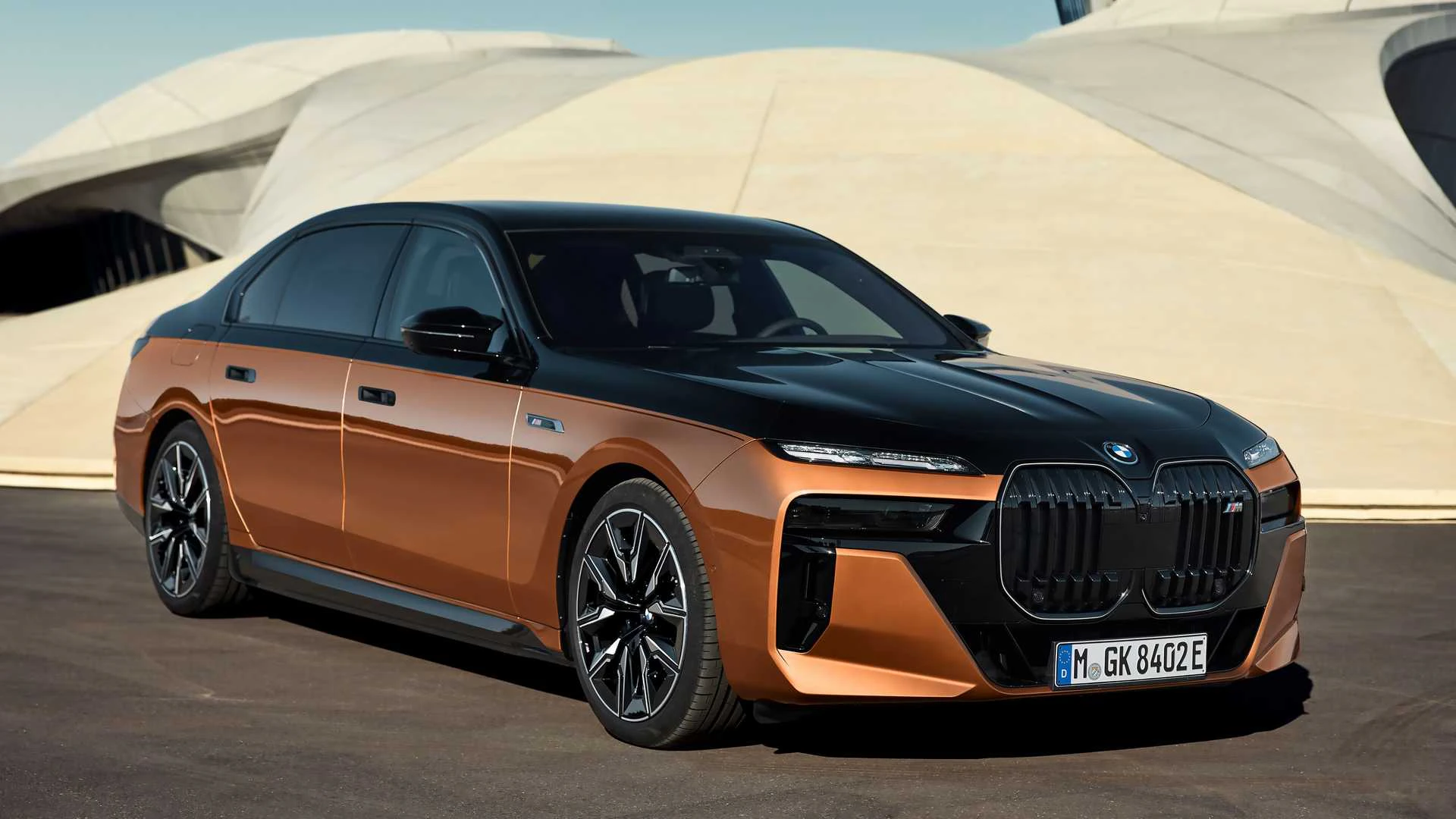
The BMW i7 is BMW’s interpretation of electric luxury, with an unwavering focus on comfort and occupant experience. Equipped with two electric motors and xDrive all-wheel drive, the i7 offers power outputs between 544 hp and over 660 hp in the M70 version. Robust torque ensures a powerful and smooth ride. With a length of approximately 5,391 mm, it is one of the largest sedans in the segment, translating to a luxurious interior space, especially for rear passengers. The trunk has a capacity of approximately 500 liters. Its range reaches up to 625 kilometers. The i7’s major differentiator is its commitment to luxury and technology for passengers, including the 31-inch “Theatre Screen,” automatic doors, and an impeccable focus on material quality and acoustic insulation. For more on BMW’s innovations, see our article on H&R springs in the 2025 BMW M5 Touring.
Porsche Taycan: Sports Excitement in the Electric Era
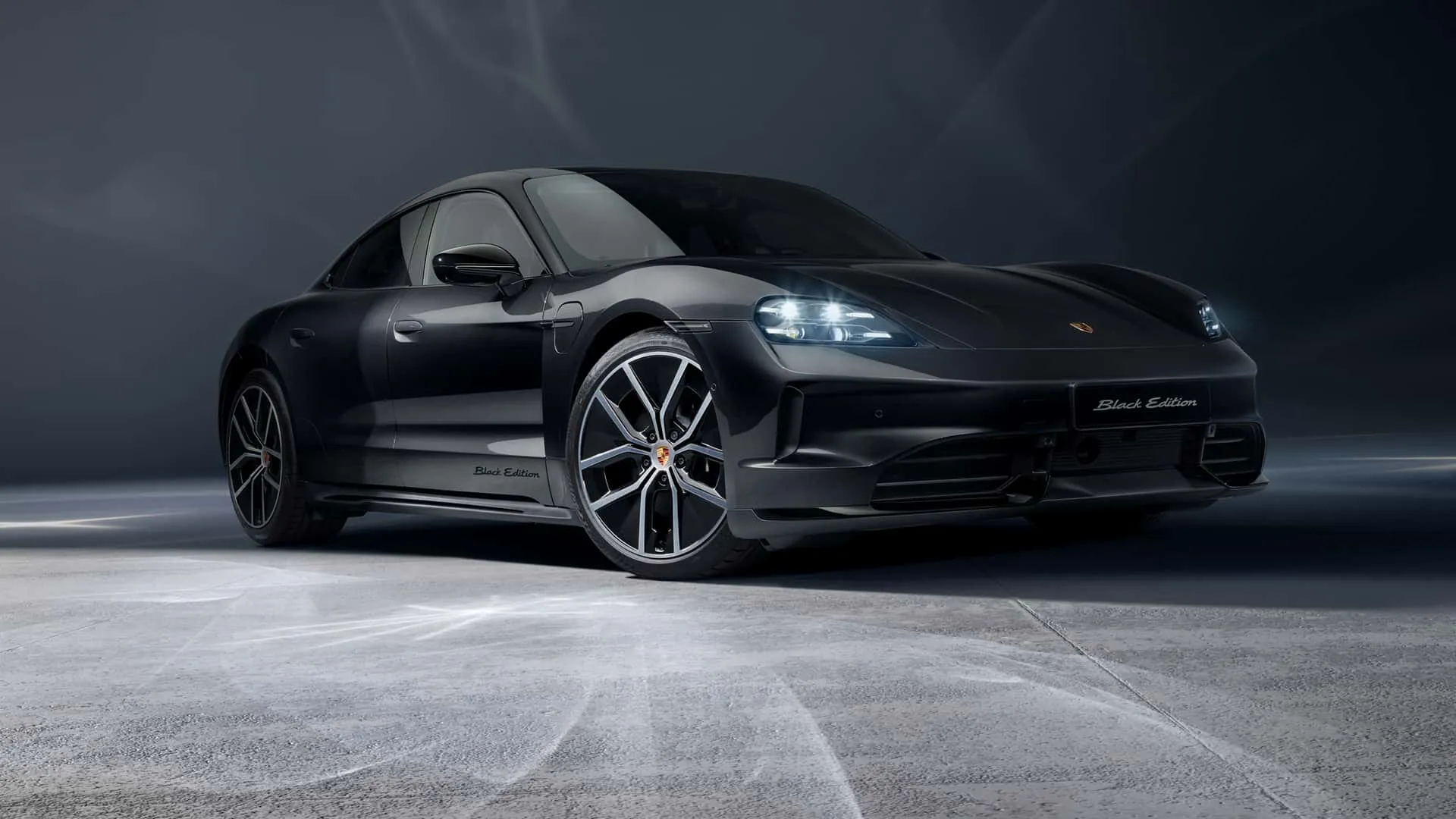
The Porsche Taycan is the choice for those seeking an unparalleled sporty driving experience in the electric world, while retaining the brand’s DNA. With rear-wheel drive and all-wheel drive versions, its power outputs range from 408 hp to over 761 hp in the Taycan Turbo S. Torque is instant and provides a visceral acceleration feel. Slightly more compact than the EQS, with a length of 4,963 mm, the Taycan reflects its more performance-focused nature. Range varies between 400 and 500 kilometers. Its strengths include precise driving dynamics, sophisticated adaptive suspension, and an 800-volt architecture that allows for ultra-fast charging, attracting enthusiasts who won’t compromise on driving pleasure.
Audi e-tron GT: The Electric Gran Turismo Elegance
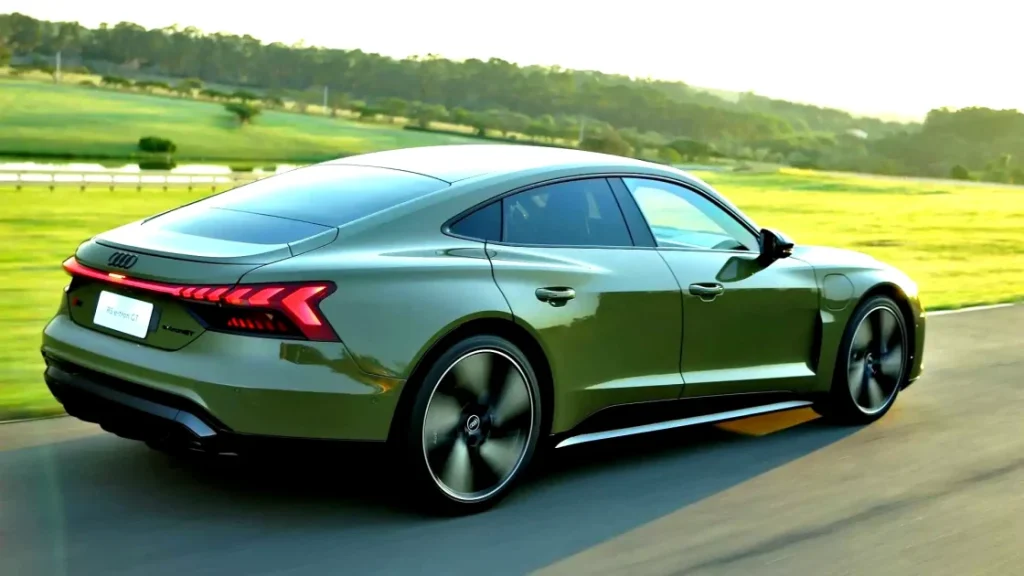
Sharing its platform with the Porsche Taycan, the Audi e-tron GT offers an electric “Gran Turismo” approach, combining performance with an elegant design and comfort for long journeys. Exclusively with dual motors and quattro all-wheel drive, power ranges from 530 hp to 646 hp in the RS version, with abundant and linear torque. Its dimensions are very close to those of the Taycan, with a length of 4,989 mm. The official range is around 488 kilometers. The e-tron GT stands out for its muscular and sophisticated exterior design, a high-tech interior with Audi’s Virtual Cockpit, and a remarkable balance between sporty driving and long-distance comfort, offering an alternative with a distinct visual identity. Interestingly, Audi also innovates in SUVs, as detailed in the article Audi Q3 2026: Meet the 4 Rivals Who Will Compete for the Premium SUV Throne.
Tesla Model S: The Pioneer of Performance and Connectivity
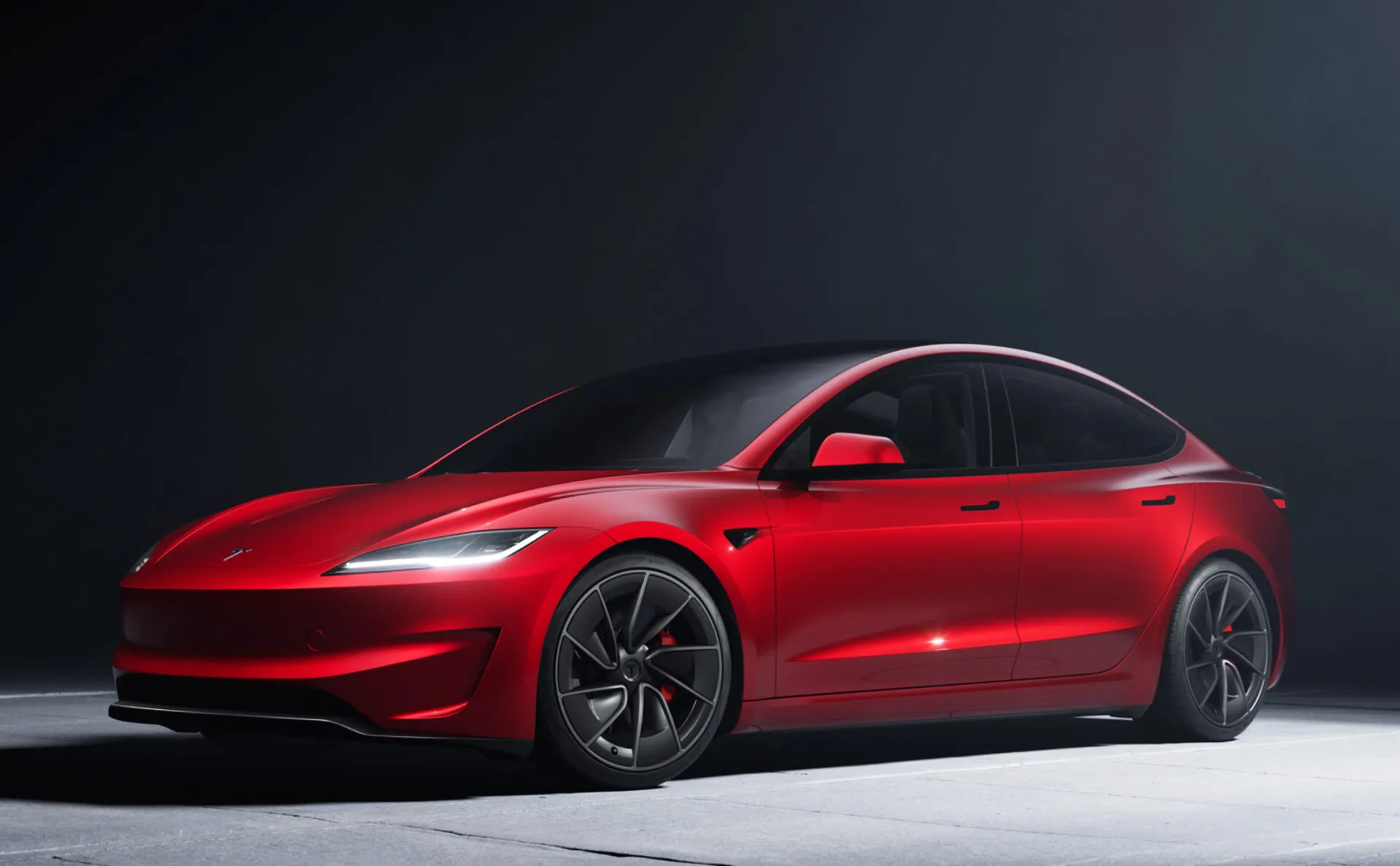
The Tesla Model S, a pioneer in the luxury electric sedan segment, continues to be a strong contender, especially in its high-performance versions. Available in dual-motor (Long Range) and tri-motor (Plaid) configurations, both with all-wheel drive, power ranges from impressive to stratospheric, with the Plaid version exceeding 1,000 hp and offering record-breaking acceleration. With a length of 4,979 mm, the Model S features a spacious and minimalist interior, dominated by a large central screen. Its efficiency and the vast Supercharger network are well-established strengths. The Model S stands out for its overwhelming performance, software and connectivity technology, and the practicality of a global and unified charging network, appealing to an audience focused on pure technology and performance. For an interesting perspective on electric cars and their inspirations, see our article on the Hyundai Ioniq 5 N, which mimics gasoline cars.
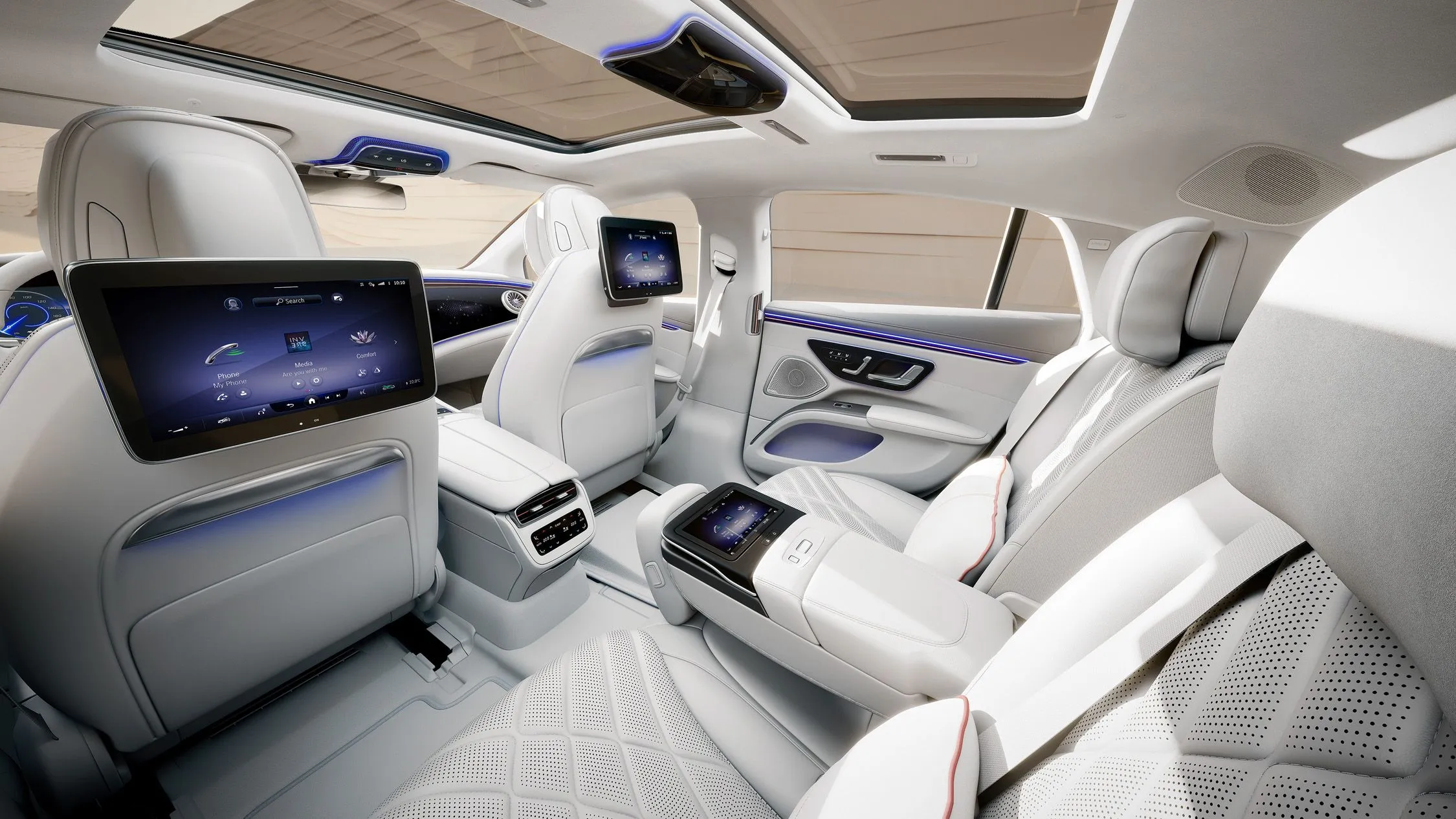
The 2026 Mercedes-Benz EQS positions itself as a dominant force in the electric luxury market, combining the brand’s legacy of refinement with the cutting edge of EV technology. Its superior range, futuristic interior, and commitment to comfort place it in a prominent position. However, the landscape is vibrant, with competitors such as the Lucid Air, BMW i7, Porsche Taycan, Audi e-tron GT, and Tesla Model S, each bringing their own innovations and value propositions. The choice among these electric giants will depend on the consumer’s individual priorities, whether it’s the pursuit of maximum range, unparalleled luxury, sporty performance, or technological innovation. The race for leadership in the electric luxury segment is more intense than ever, and the 2026 EQS is ready to meet the challenge.
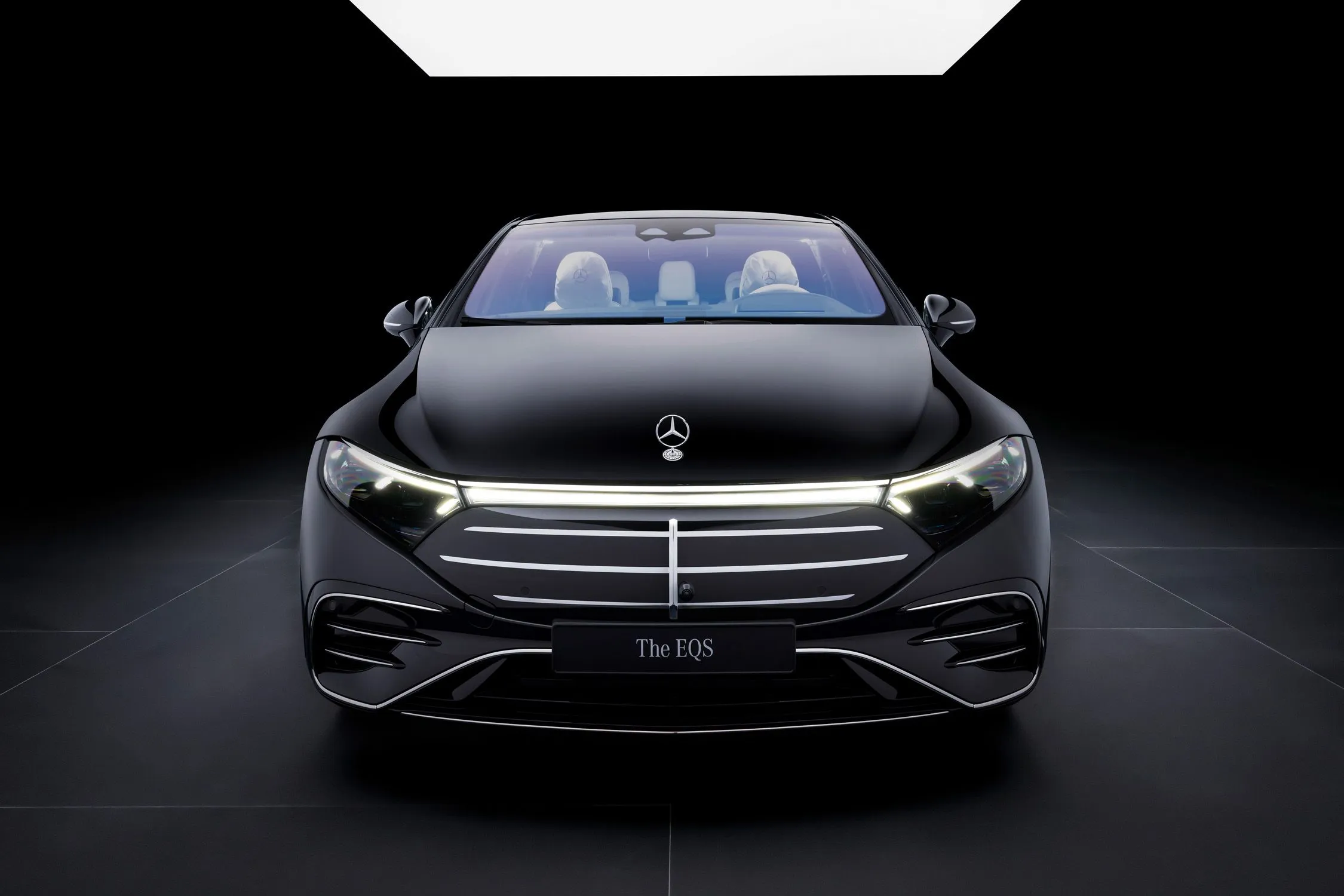
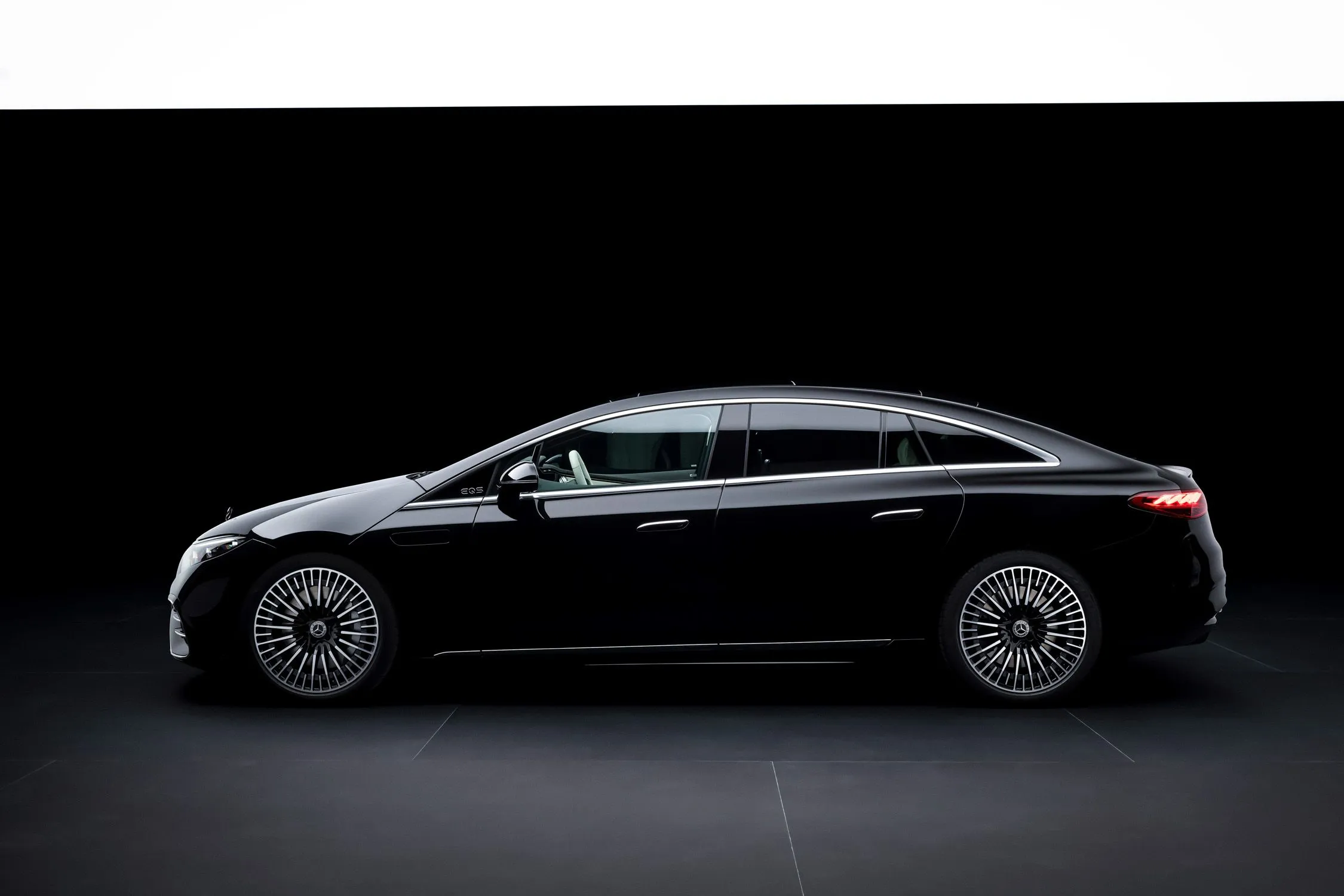
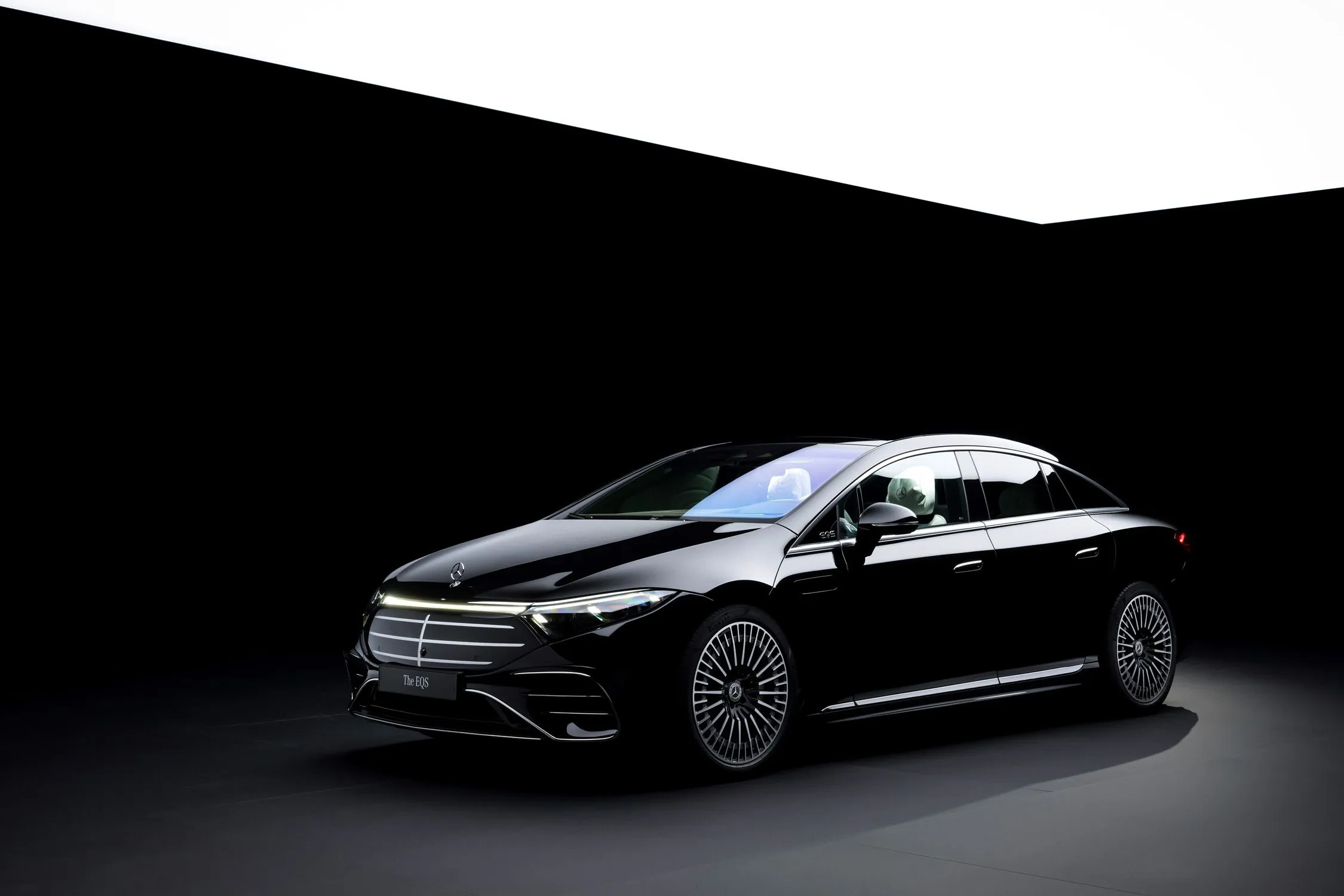
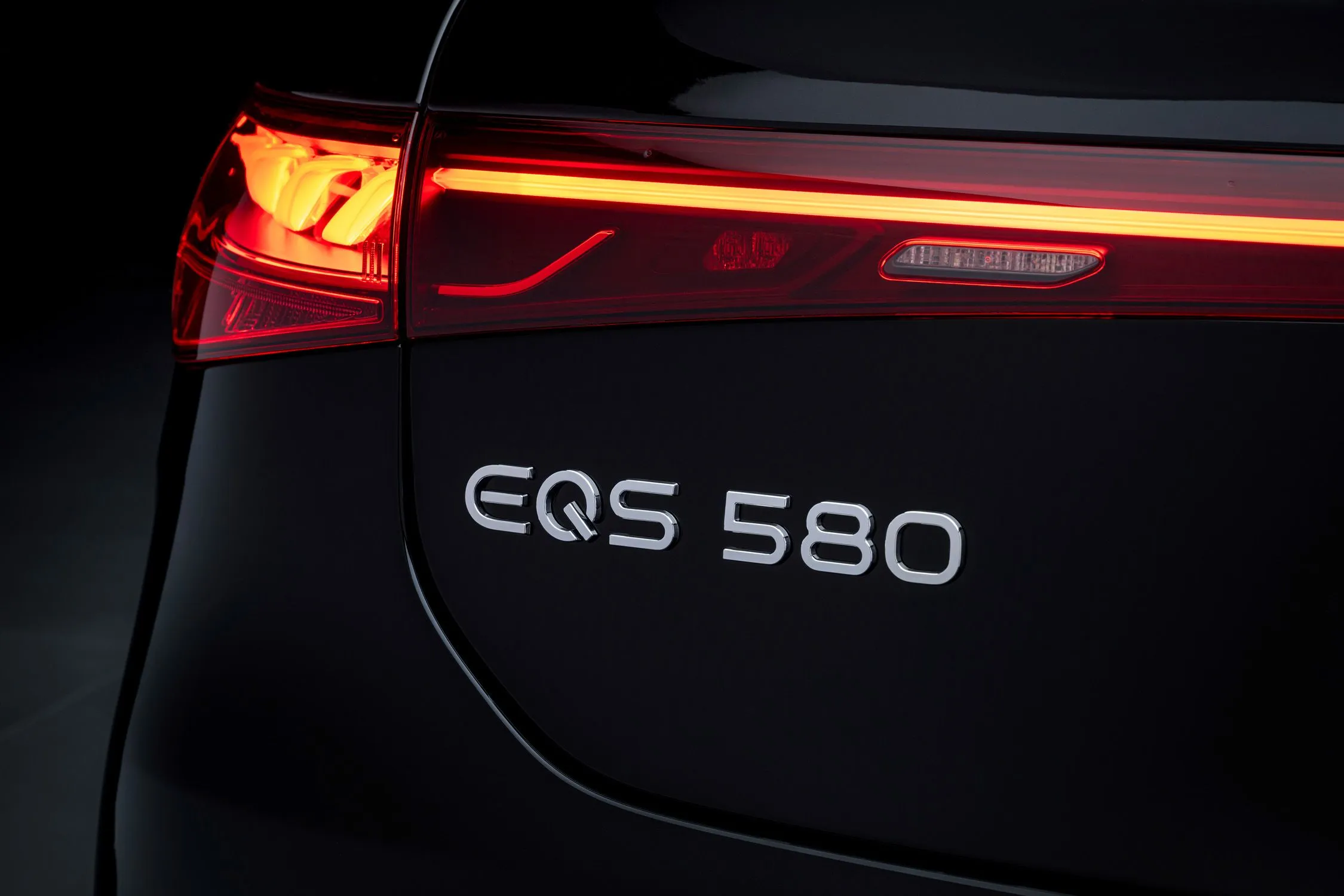
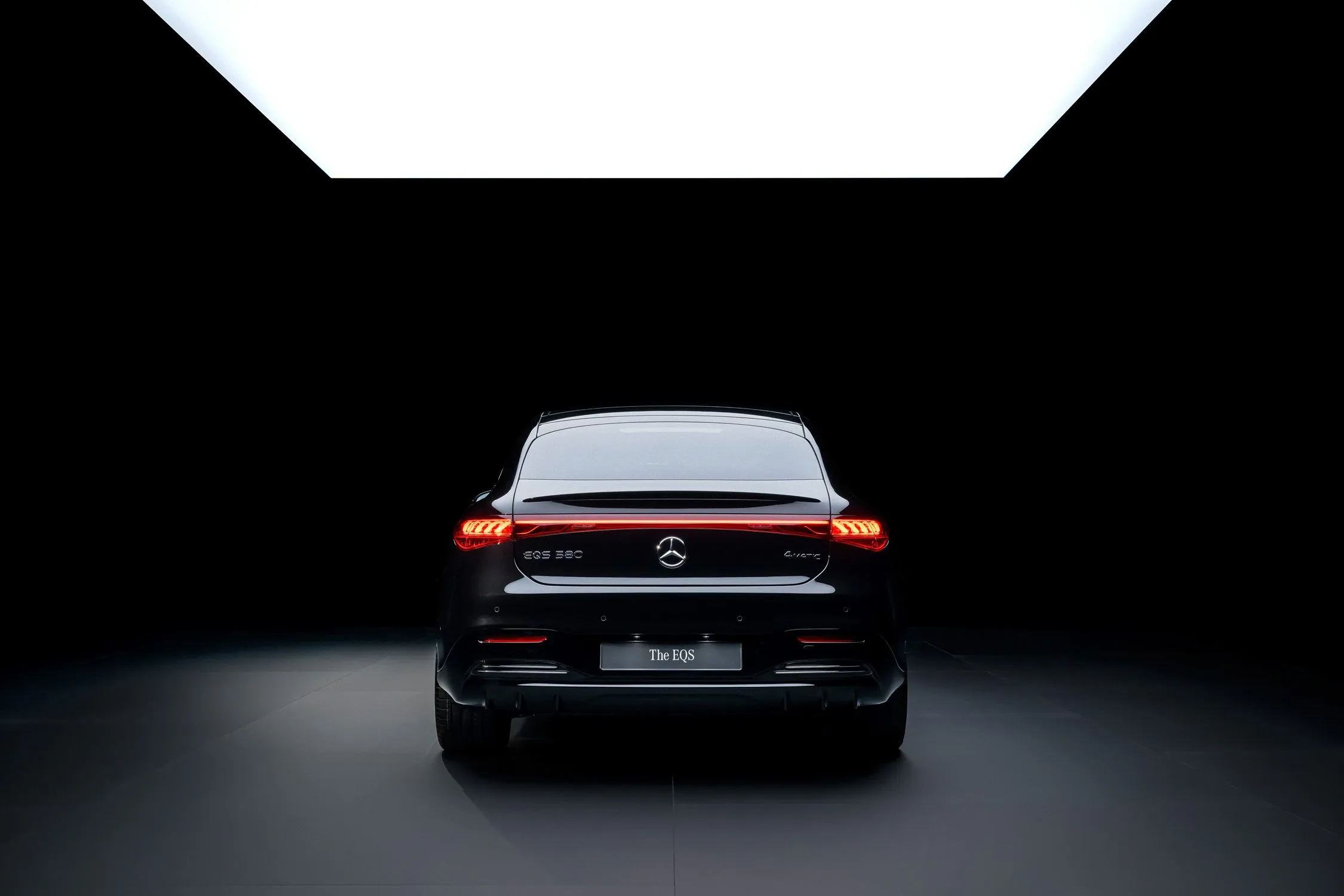
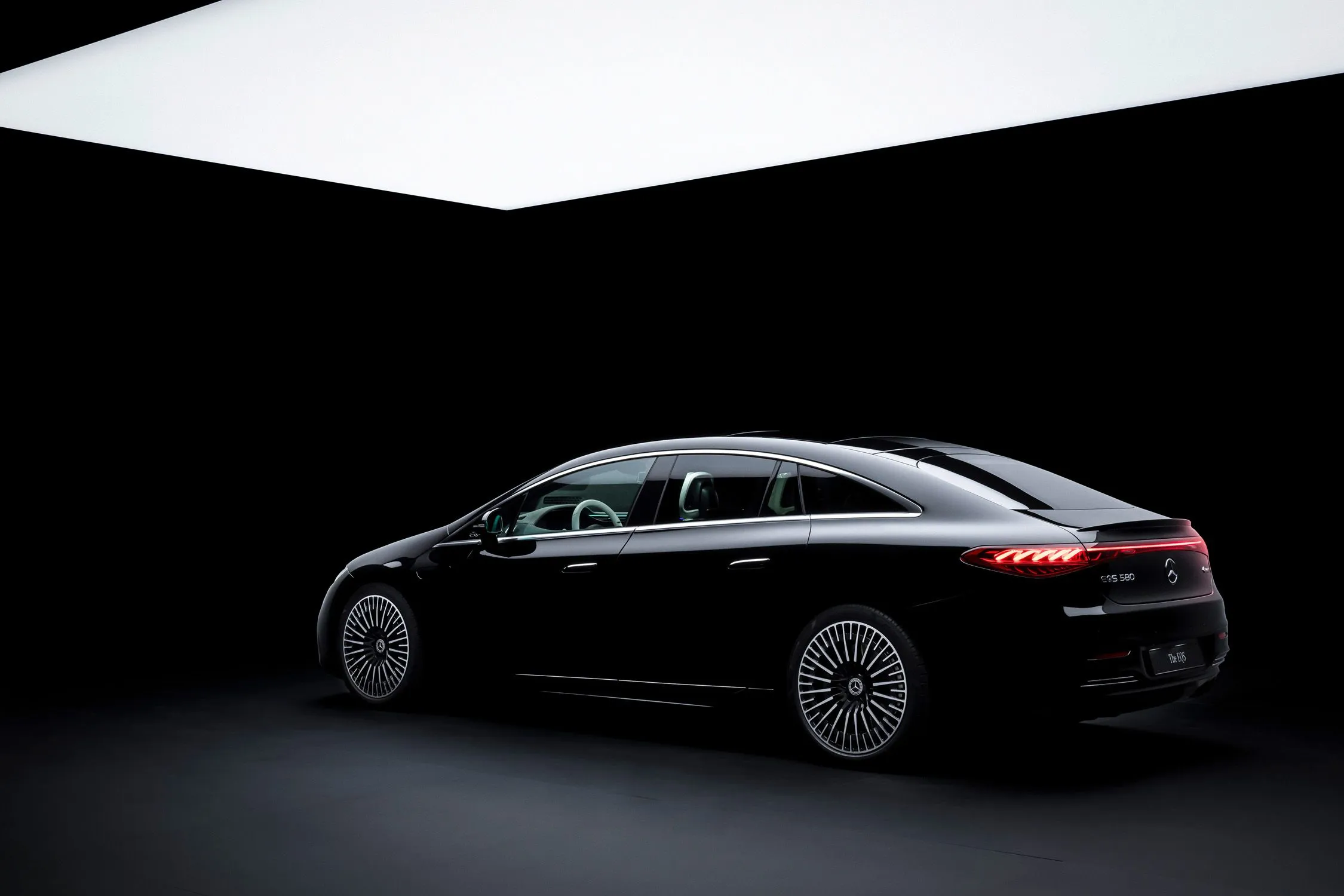
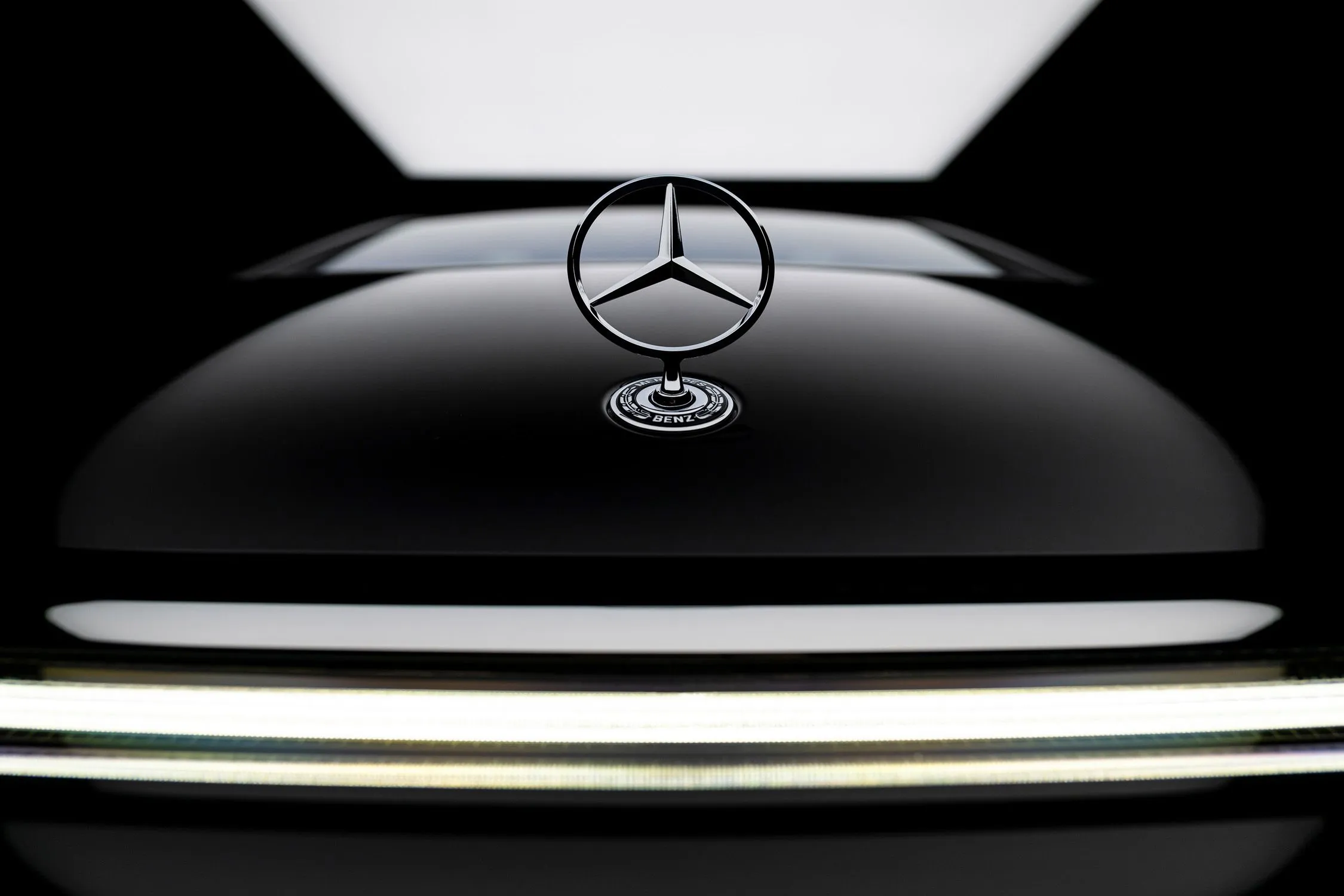
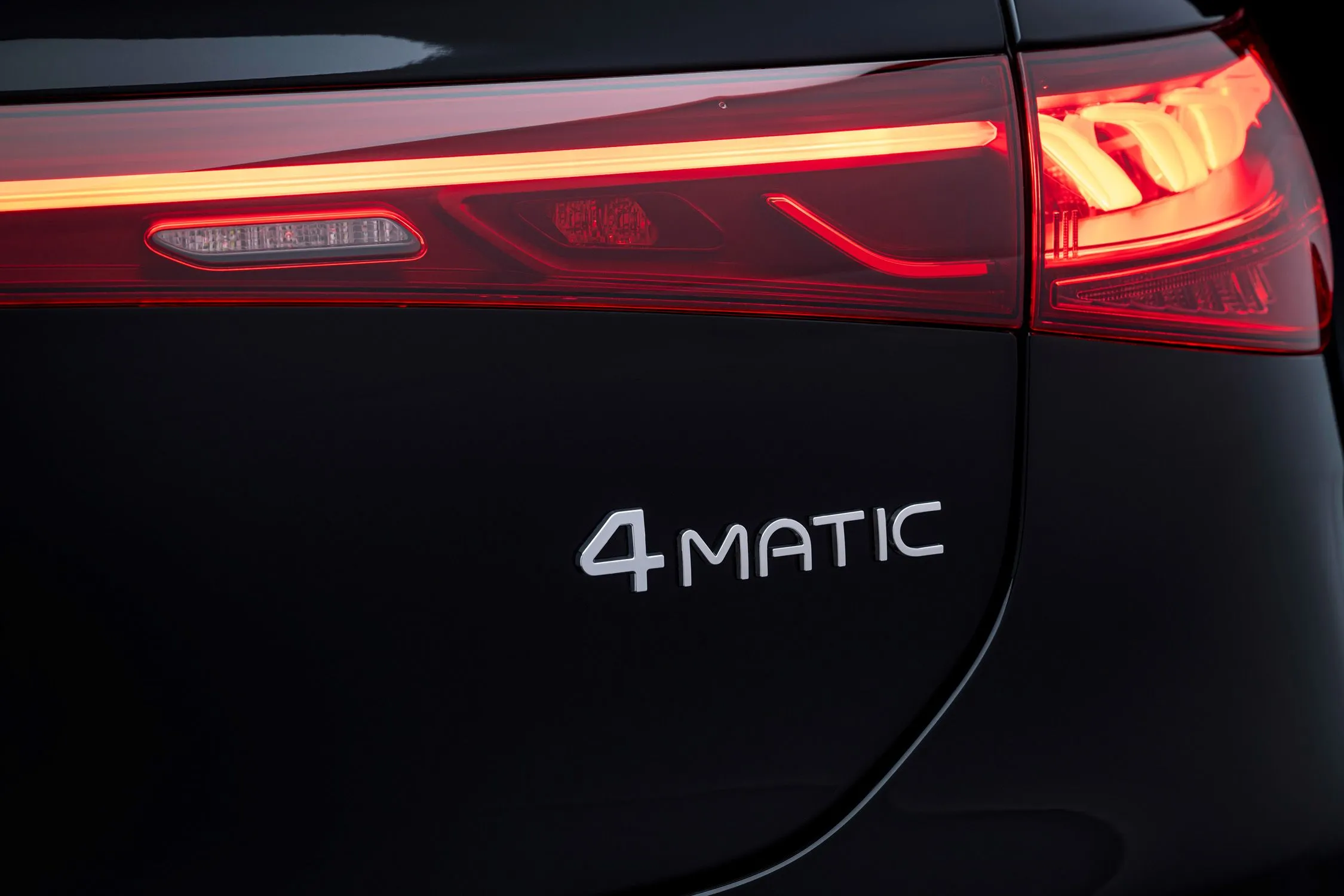
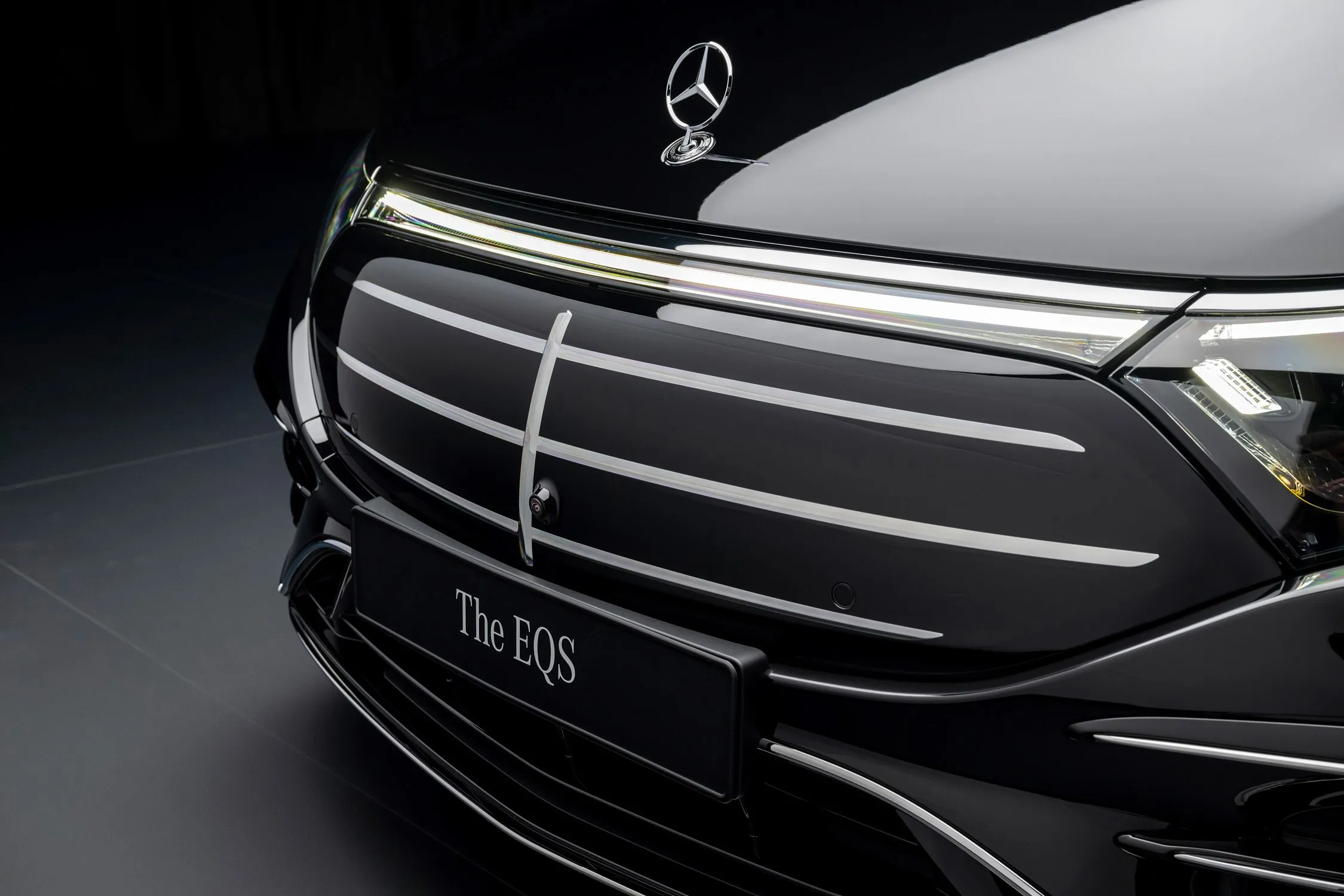
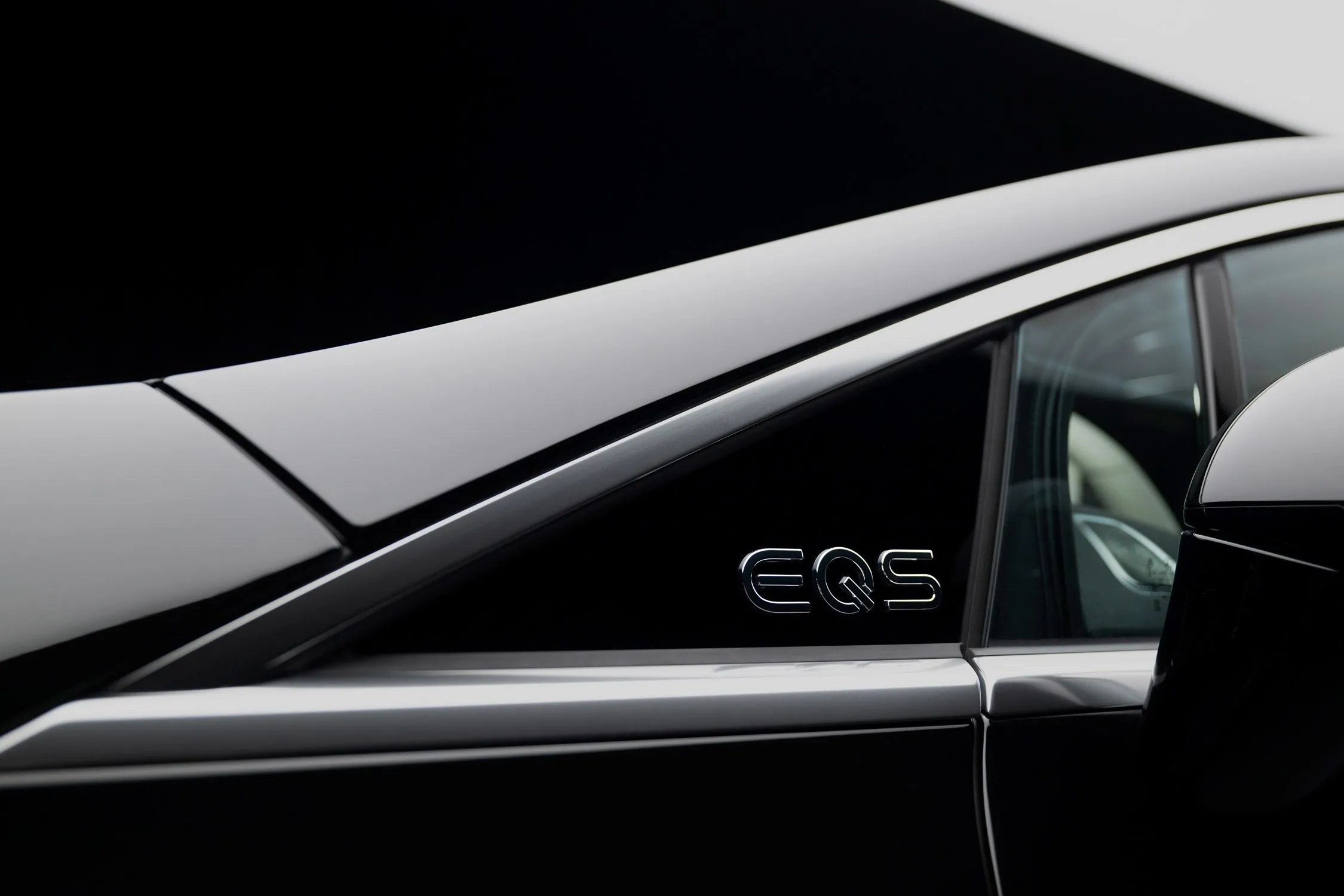

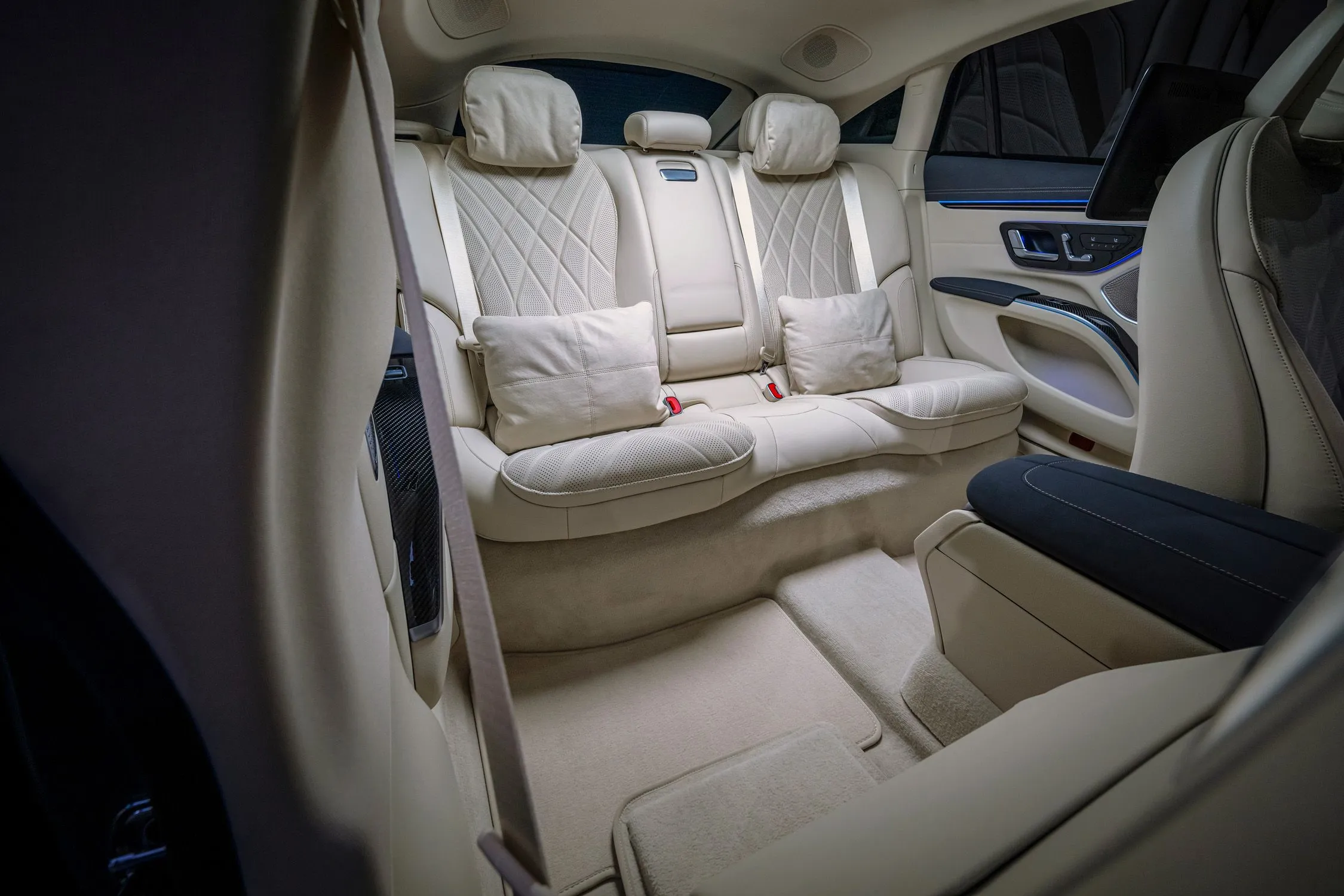

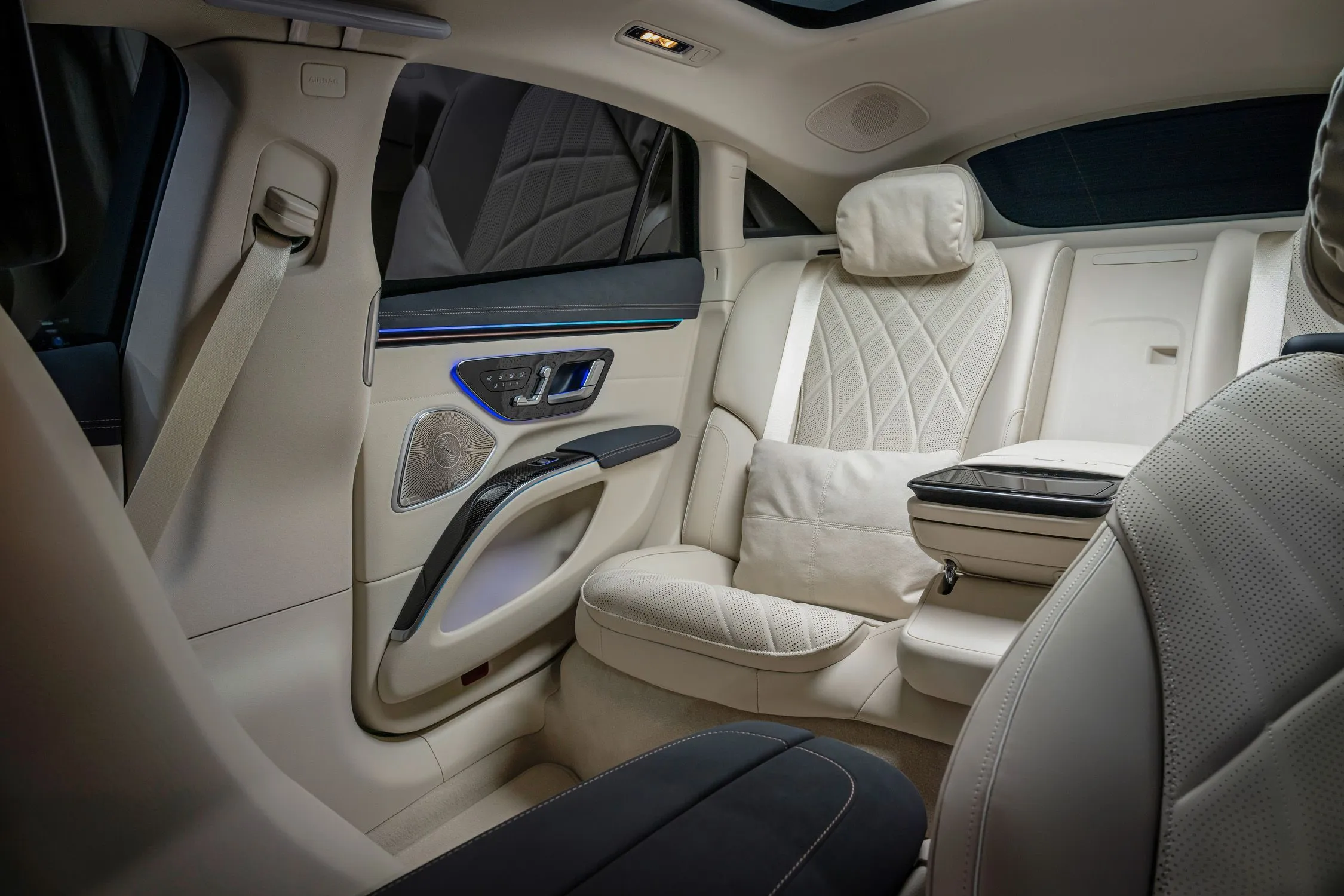
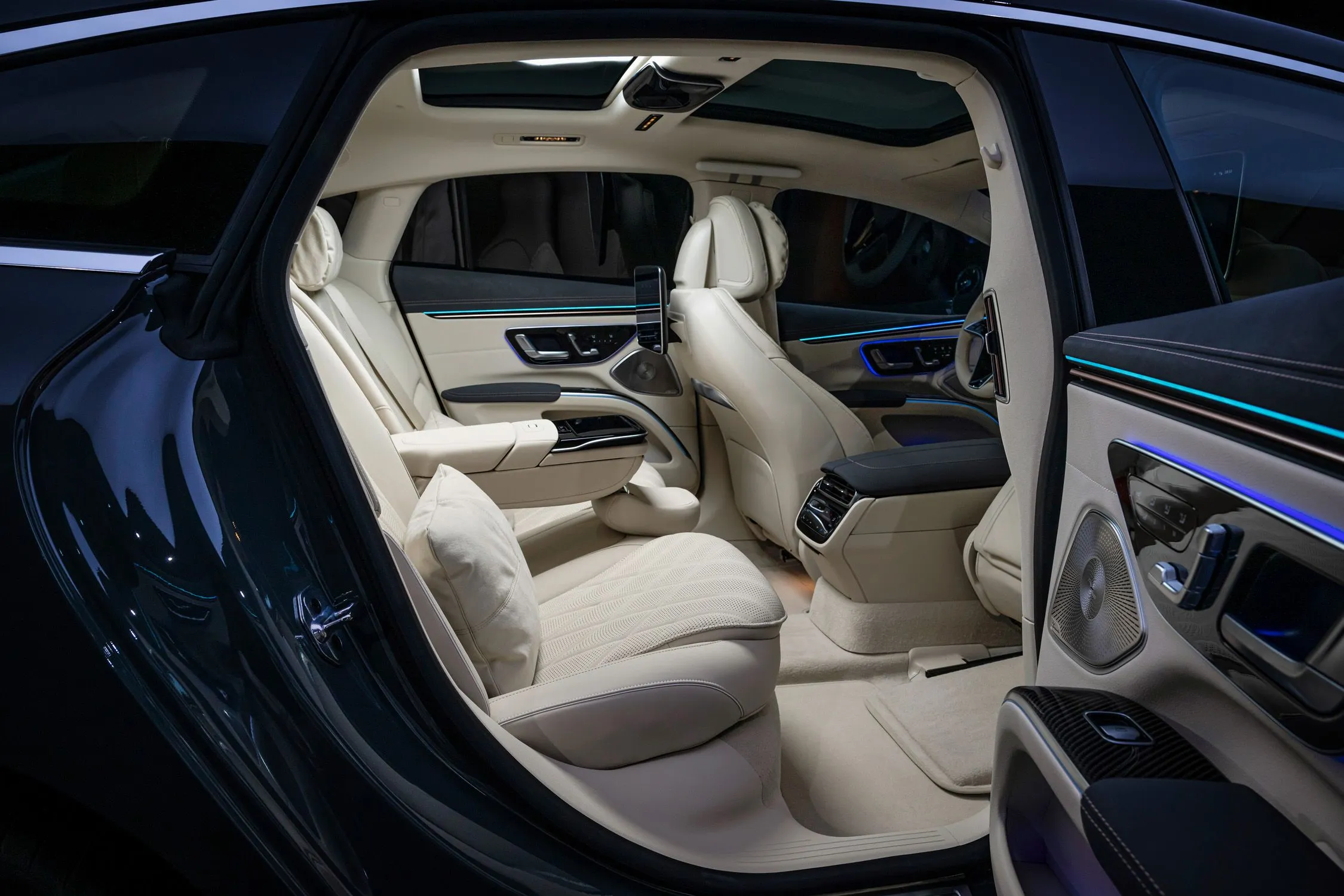
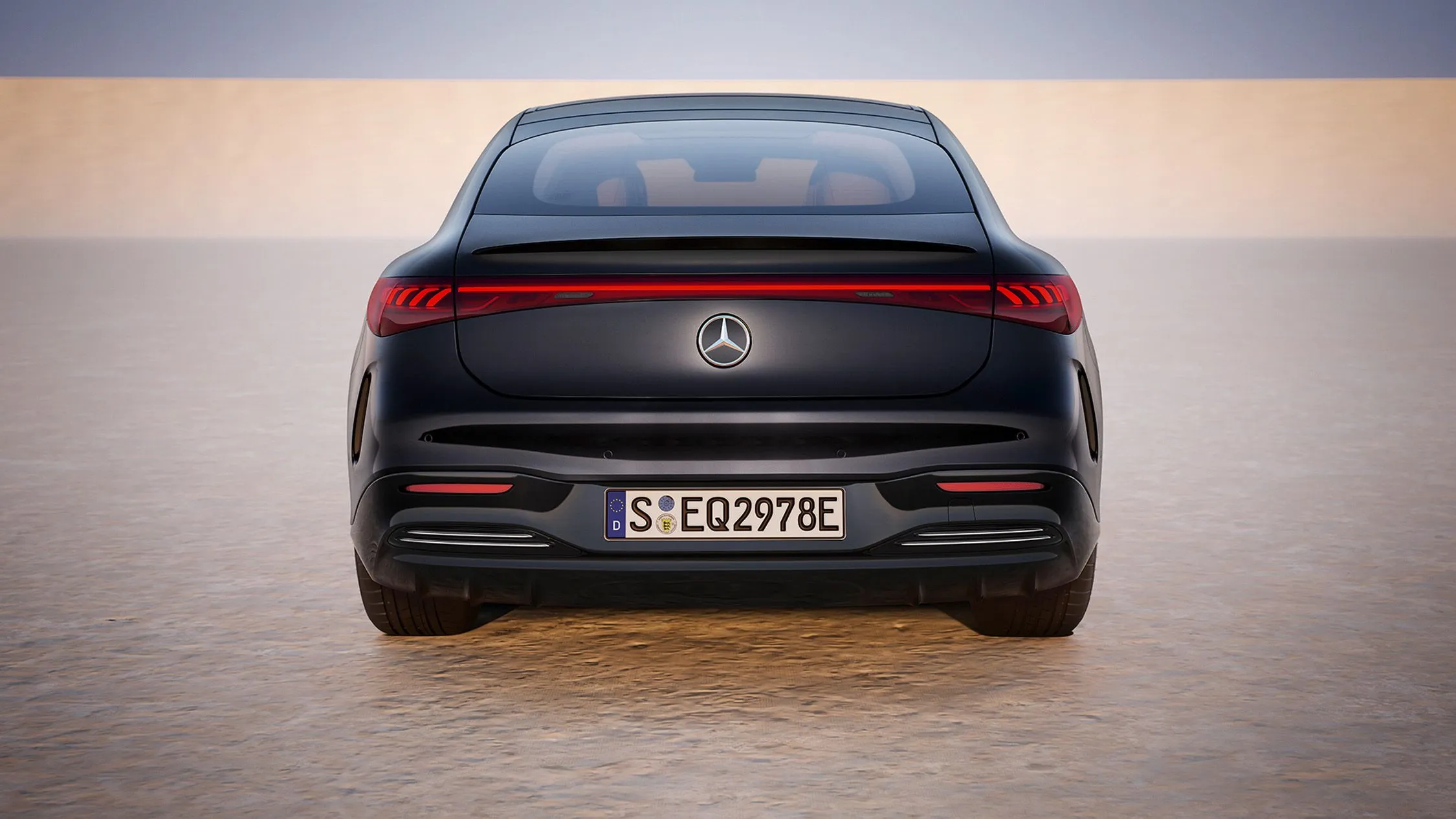
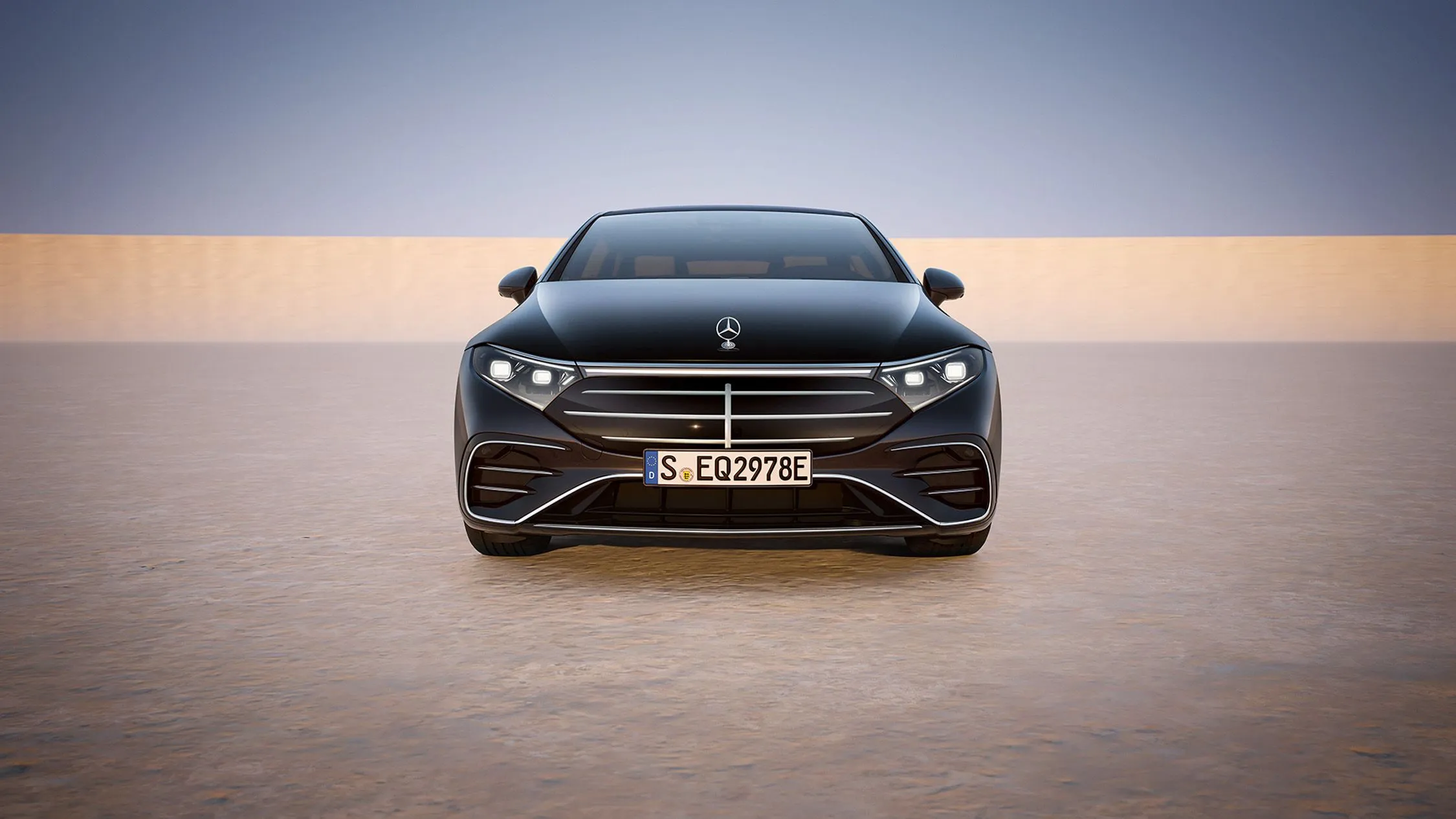


Author: Fabio Isidoro
Founder and editor-in-chief of Canal Carro, he dedicates himself to exploring the automotive universe with depth and passion. A car and technology enthusiast, he produces technical content and in-depth analyses of national and international vehicles, combining quality information with a critical eye for the public.

